![]() Menu
Menu

The ball mill Ball milling is a mechanical technique widely used to grind powders into ne particles and blend materials.18 Being an environmentallyfriendly, costeffective
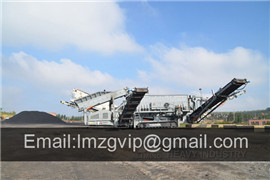
Ball milling is a mechanical technique that is broadly used to grind powders into fine particles [134–141]. The reactants are generally broken apart using solvent molecules in the
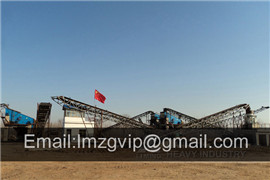 (PDF) DESIGN AND FABRICATION OF MINI BALL MILL RThe Ultimate Guide to Ball Mills
(PDF) DESIGN AND FABRICATION OF MINI BALL MILL RThe Ultimate Guide to Ball Mills
2.1.2 Highenergy ball milling. Highenergy ball milling is a mechanical deformation process that is frequently used for producing nanocrystalline metals or alloys in powder form. This
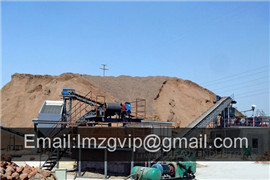
The energy efficiency for wet milling has been reported to be up to 10 times higher than that for ball milling (Sitotaw et al., ). Nevertheless, in addition to

Usually, based on the requirement ball size, ball to material weight ratio, milling time, RPM these parameters can be varied to optimize the process. Cite 3 Recommendations

Ballmilling Jackie umb.edu
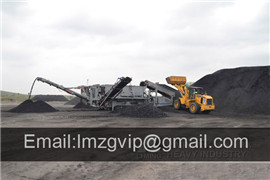
An effect of a grinding method, that is ball mill and high pressure grinding rolls (HPGR), on the particle size, specific surface area and particle shape of an iron ore

SAG mill optimization to feed ball mill optimized P80. Most SAG mill are not optimized for the combined SAG & Ball mill throughput such as: SAG & Ball mill % ball content SAG % ore content SAG grate

1. As the name suggests, the ball milling method consists of balls and a mill chamber. Therefore over all a ball mill contains a stainless steel container and many
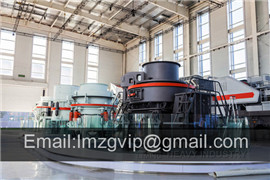
Ball milling is a simple, fast, costeffective green technology with enormous potential. One of the most interesting applications of this technology in the field of cellulose is the preparation and the chemical modification of
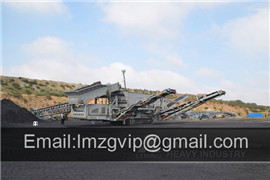
Planetary ball mills are well known and used for particle size reduction on laboratory and pilot scales for decades while during the last few years the application of planetary ball mills has extended to mechanochemical
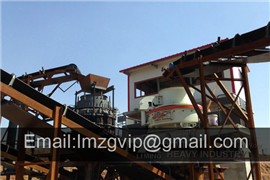
Ball milling, a shearforce dominant process where the particle size goes on reducing by impact and attrition mainly consists of metallic balls (generally Zirconia (ZrO 2) or steel balls), acting as grinding media and rotating shell to create centrifugal force.In this process, graphite (precursor) was breakdown by randomly striking with grinding media in the

The highenergy ball milling method was adopted to explore the influence of ball milling parameters, such as milling speed and additive amounts of process control agent (PCA) on tungsten powder.

Nanocrystalline powder of the CoCrFeNiAl highentropy alloy was produced by highenergy ball milling (HEBM) and consolidated by spark plasma sintering (SPS). Microstructure and crystal structure transformations occurring in the course of HEBM and SPS processes were explored by Scanning Electron Microscopy (SEM), Energy Dispersive Spectroscopy
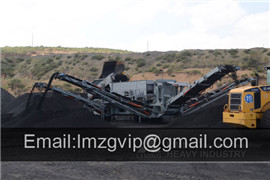
Ballmilling Jackie umb.edu
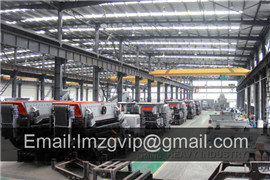
Ball milling is one of the most commonly used techniques for milling glass, thanks to its adaptability and relatively low cost. A ball mill for glass processing consists of a rotating or vibrating ceramiclined drum, inside which are a number of balls that act as the grinding medium. These can be made from a variety of hard and durable
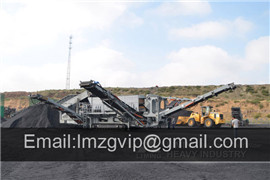
SAG mill optimization to feed ball mill optimized P80. Most SAG mill are not optimized for the combined SAG & Ball mill throughput such as: SAG & Ball mill % ball content SAG % ore content SAG grate

1 Calculation of ball mill capacity. The production capacity of the ball mill is determined by the amount of material required to be ground, and it must have a certain margin when designing and selecting. There are many factors affecting the production capacity of the ball mill, in addition to the nature of the material (grain size, hardness,
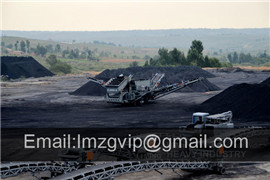
Synthesis of Nanomaterials by High Energy Ball Milling. It is a ball milling process where a powder mixture placed in the ball mill is subjected to highenergy collision from the balls. This process was

Ball milling is a simple, fast, costeffective green technology with enormous potential. One of the most interesting applications of this technology in the field of cellulose is the preparation and the chemical modification of
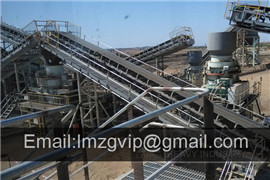
The ball mill Ball milling is a mechanical technique widely used to grind powders into ne particles and blend materials.18 Being an environmentallyfriendly, costeffective technique, it has found wide application in industry all over the world. Since this minireview mainly focuses on the conditions applied for the prep

Ball milling is a method of small pollution, short timeconsumption, and largescale synthesis of MOFs. In recent years, many important advances have been made. Feature Papers are submitted upon individual invitation or recommendation by the scientific editors and undergo peer review prior to publication.
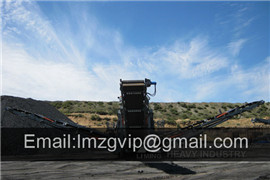
Planetary ball mills are well known and used for particle size reduction on laboratory and pilot scales for decades while during the last few years the application of planetary ball mills has extended to mechanochemical
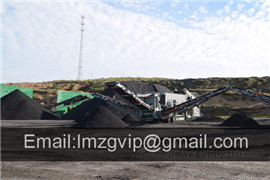
For the milling process, 40.12 g of the asreceived Nb powder were loaded into two separate hardened steel containers of 125 ml volume with steel balls of 0.4 mm diameter, in a balltopowder

Conical Ball Mills differ in mill body construction, which is composed of two cones and a short cylindrical part located between them (Fig. 2.12).Such a ball mill body is expedient because efficiency is appreciably increased. Peripheral velocity along the conical drum scales down in the direction from the cylindrical part to the discharge outlet; the helix
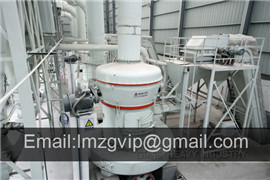
Here, Ti 3 C 2 with a unique hierarchical porous structure (PTi 3 C 2) was first prepared by a fluorinefree chemicalcombined ballmilling method. The asproduced PTi 3 C 2 shows a significantly
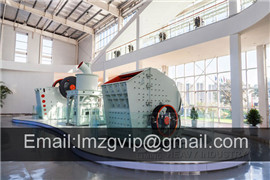
1. As the name suggests, the ball milling method consists of balls and a mill chamber. Therefore over all a ball mill contains a stainless steel container and many small iron, hardened steel, silicon carbide, or tungsten carbide balls are made to rotate inside a mill (drum). 2. The powder of a material is taken inside the steel container.
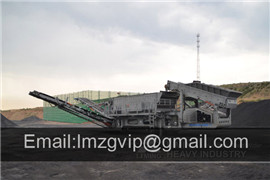
SAG mill optimization to feed ball mill optimized P80. Most SAG mill are not optimized for the combined SAG & Ball mill throughput such as: SAG & Ball mill % ball content SAG % ore content SAG grate
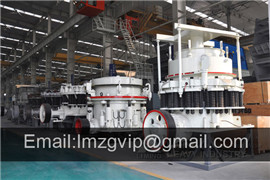
A ball mill also known as pebble mill or tumbling mill is a milling machine that consists of a hallow cylinder containing balls; mounted on a metallic frame such that it can be rotated along its longitudinal axis. The balls which could be of different diameter occupy 30 50 % of the mill volume and its size depends on the feed and mill size.